HEARING LOSS
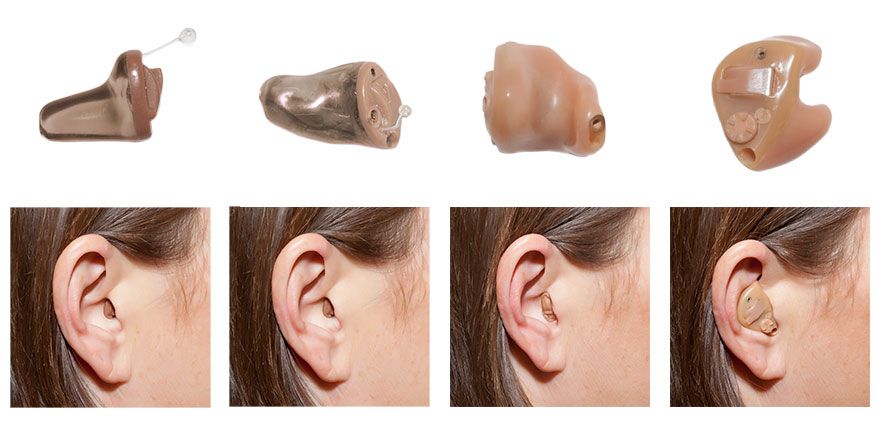
Hearing loss is the total or partial inability to hear sound in one or both ears. To understand hearing loss it is important to understand how normal hearing takes place.
There are 2 different pathways by which sound waves produce the sensation of hearing: air conduction and bone conduction.
» Auditory training.
» Vocabulary building to improve speech and language development.
» Articulation correction (to improve intelligibility of speech)
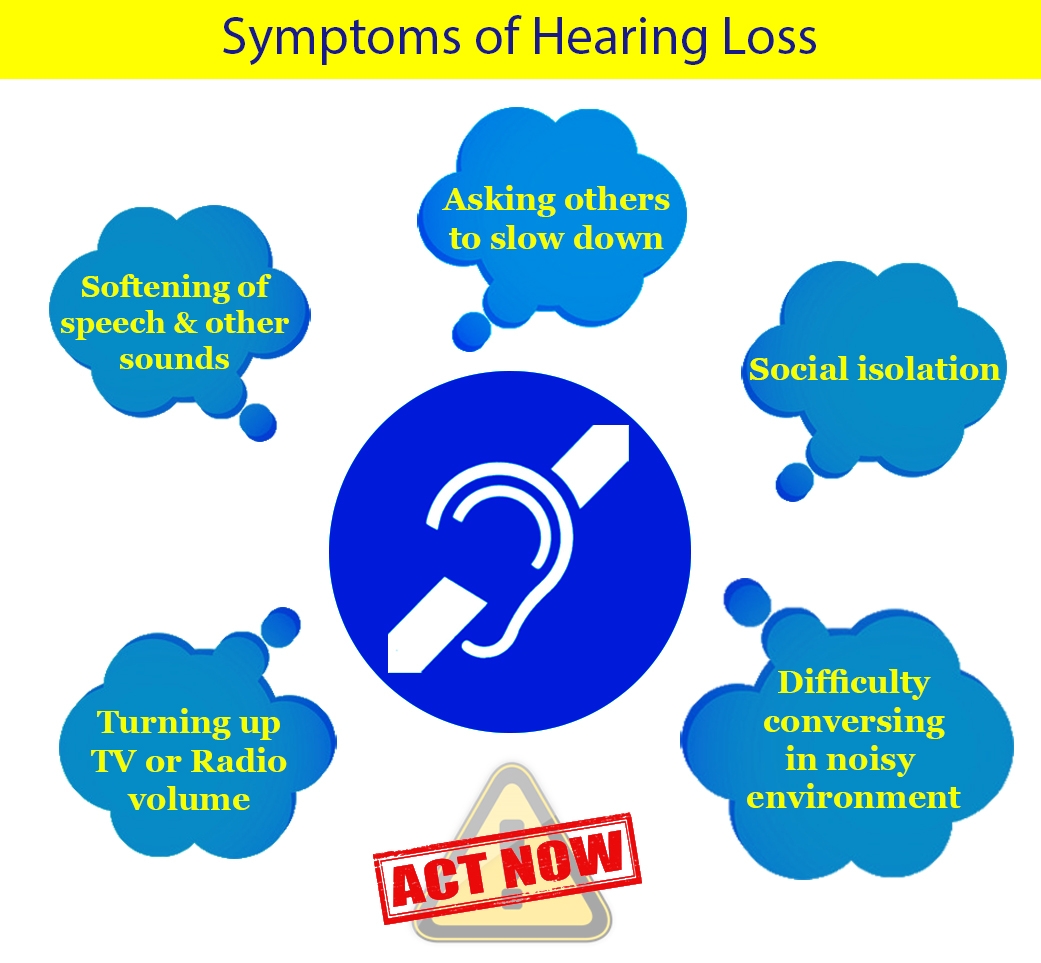
Unilateral Hearing Loss
Unilateral Hearing Loss or hearing loss/deafness in one ear is a frustrating experience for patient. He/she may have difficulty with
» in distinguishing the direction of sound
» difficulty to understand speech in noisy environment
People suffering from deafness in just one ear require or rely on face-to-face conversation.
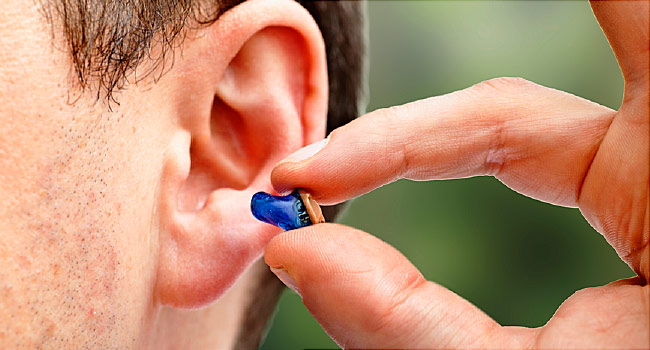
Bilateral Hearing Loss
A bilateral hearing loss is hearing loss or deafness in both ears. The bilateral hearing loss is caused by factors in the outer, middle or inner ear or a combination of all three areas. It can also be symmetrical or asymmetrical in nature. When we say symmetrical, it means that the hearing loss would be same in both ears. Asymmetrical would just be the opposite – the deafness would not be the same in both the ears – one ear always hears better than the other.
TYPES OF HEARING LOSS
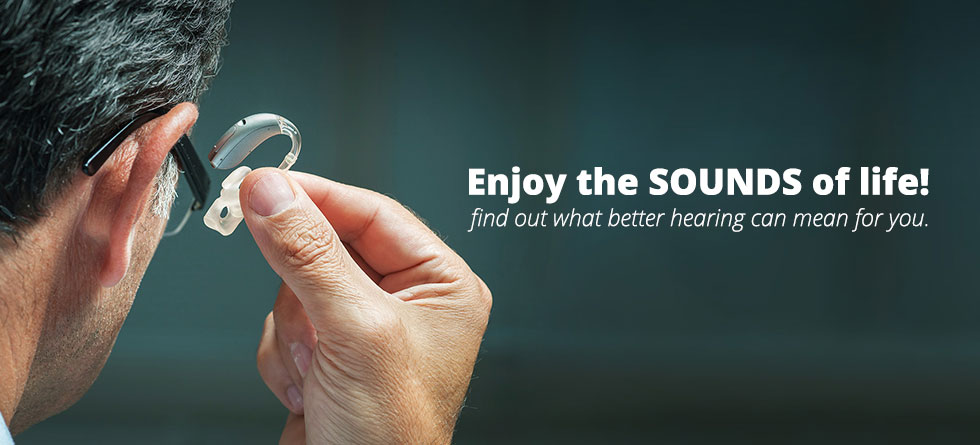
Conductive Hearing Lose
This due to the condition that interferes with the transmissions of sound through outer ear and middle ear to inner ear.In case of conductive hearing loss, sound waves are not transmitted to inner ear because of
Unilateral Hearing Loss or hearing loss/deafness in one ear is a frustrating experience for patient. He/she may have difficulty with
» interference in external ear
» Infection with swelling that shuts the ear canal
» foreign bodies in the ear
» injury
» growth in the ear canal
» blockage by wax
» birth defects
» perforation / hole in the ear drum
» conditions in the middle ear
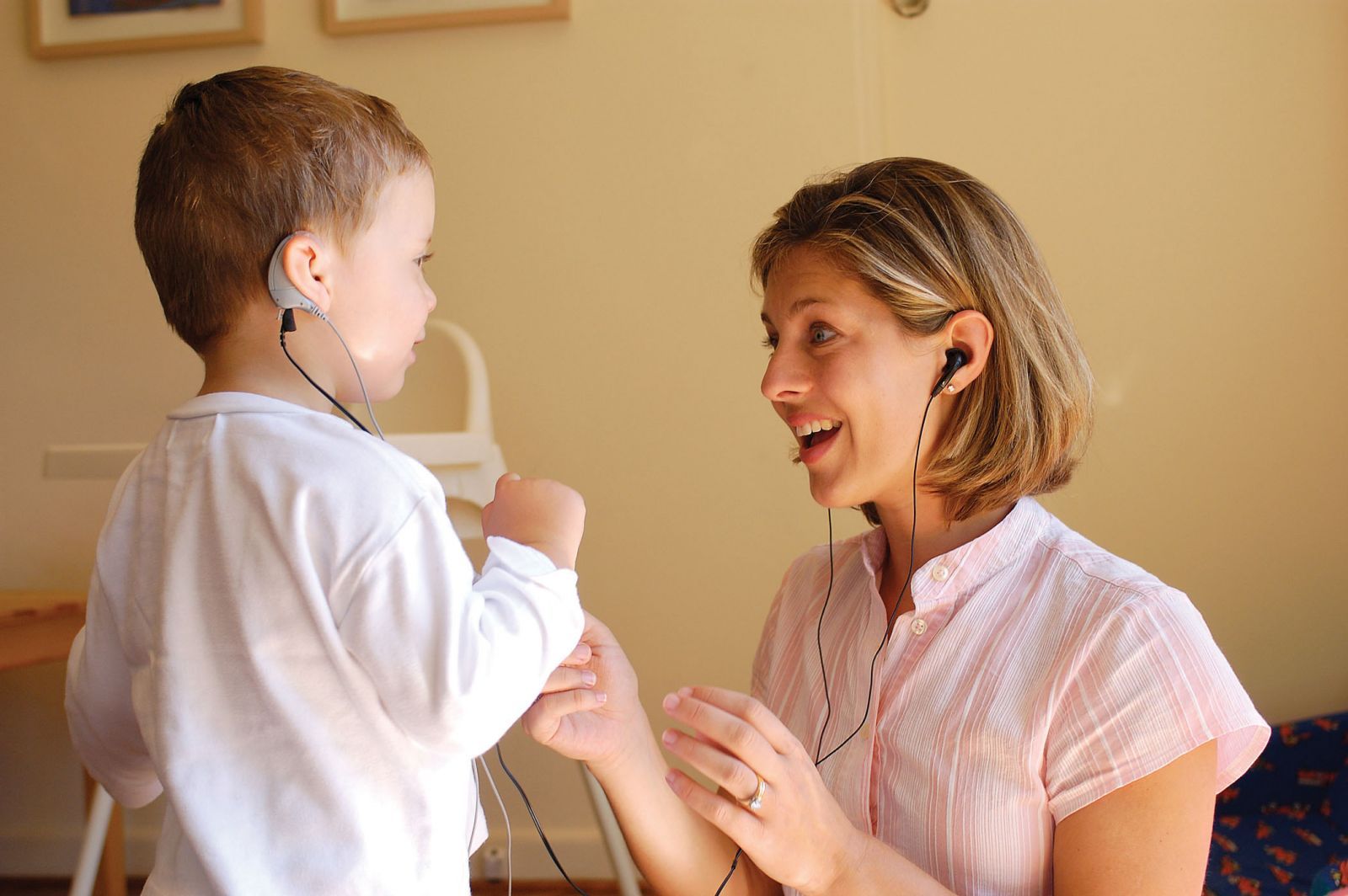
Sensory Neural Hearing Loss
Many types of SNHL can be treated medically.
» Surgery is not effective in returning normal hearing.
» Hearing aids are beneficial for most patients.
» Hearing aids should be custom fitted depending on each individual’s hearing needs
» New technology including implant able hearing aids and cochlear implantation are available for patients who do not do well with hearing aids.
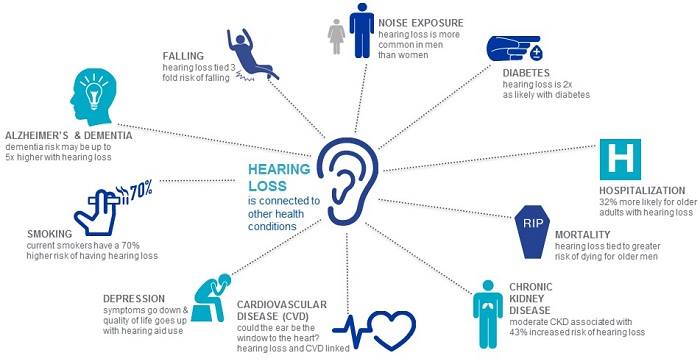
Mixed Hearing Loss
Require combination of treatment including surgery / hearing aids. Devices that convert sound to skin sensations are some time useful when hearing aid fil to provide and benefit.
Other Hearing Assistive Devices
» Surgery is not effective in returning normal hearing.
» Telephone amplifier
» Infrared systems
» FM system
» Devices for monitoring telephones, door bells and alarms.
» BAHA ( Bone Anchored Hearing Aid)
» Implantable hearing aids
